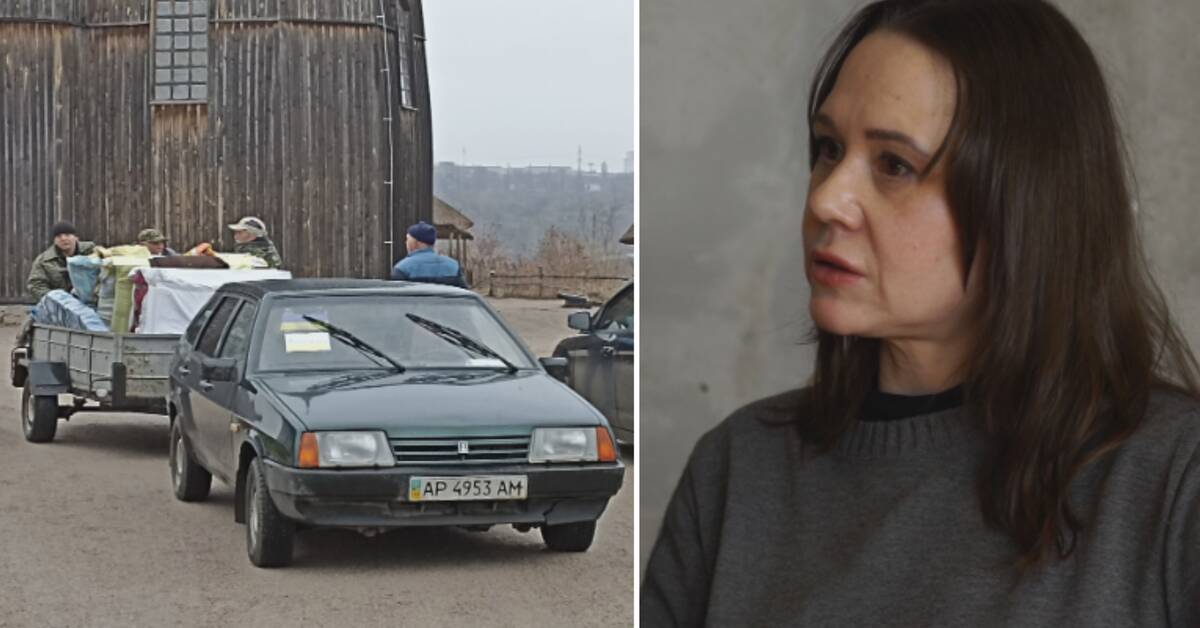A few days ago, the Vasa Museum in Stockholm was visited by four museum workers from Khortytsia National Reserve, Ukraine's center for maritime archaeology, in the city of Zaporizhia in eastern Ukraine.
In addition to breathing space from the war (their workplace is a few kilometers from the front line), the four museum workers have given lectures to their Swedish colleagues.
"We've talked about how we quickly tried to save the collections," says Nataliia Cherhik.
"Knew we were going to be a target"
The Culture News has previously reported on how many Swedish museums largely lack emergency plans in the event of war.
Nataliia Cherhik understands that museums have lagged behind with contingency plans. Despite the previous unrest in Crimea, she and her colleagues found it hard to imagine that they would end up in a war zone. There were instructions on how to pack the items – but the evacuation required a lot of improvisation," she says.
"We weren't sure if we should hide the objects in the museum or try to move them. It is difficult to move fragile objects on bad roads. At the same time, the Russian soldiers quickly approached. We knew that the museum would be a target if the city was occupied.
Nevertheless, they quickly decided to move the most valuable items to a safer place to the west. Due to long queues and border controls, the transports took about four days, a journey that usually takes two days.
Just over a year after the outbreak of war, Nataliia Cherhik finds it difficult to come up with practical advice on how museums should prepare to cope with a war.
- It's almost not possible... War is absurd. But I think they need to stay connected and help each other. Then there needs to be a close dialogue with the Ministry of Culture, transport authorities and the police.

